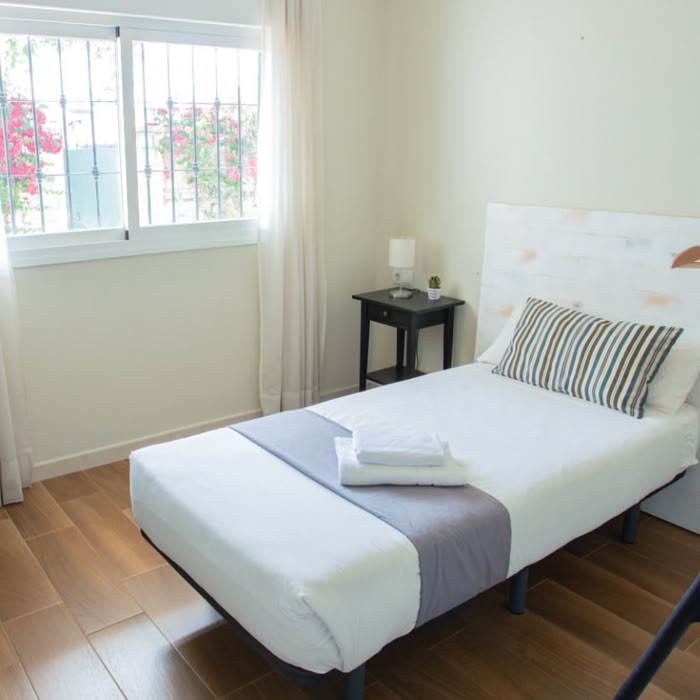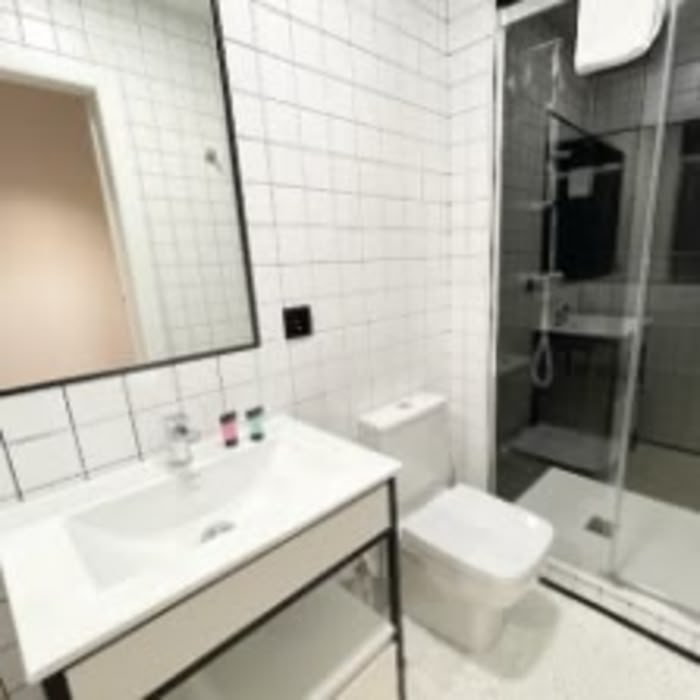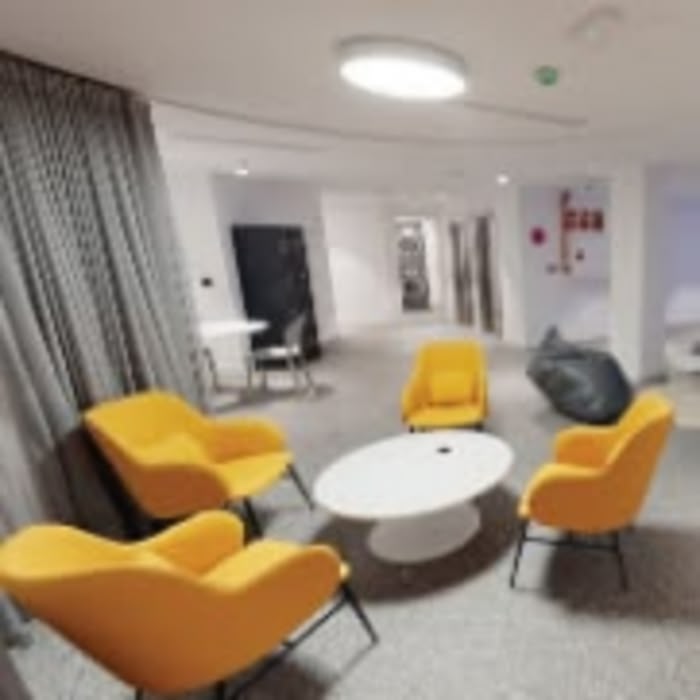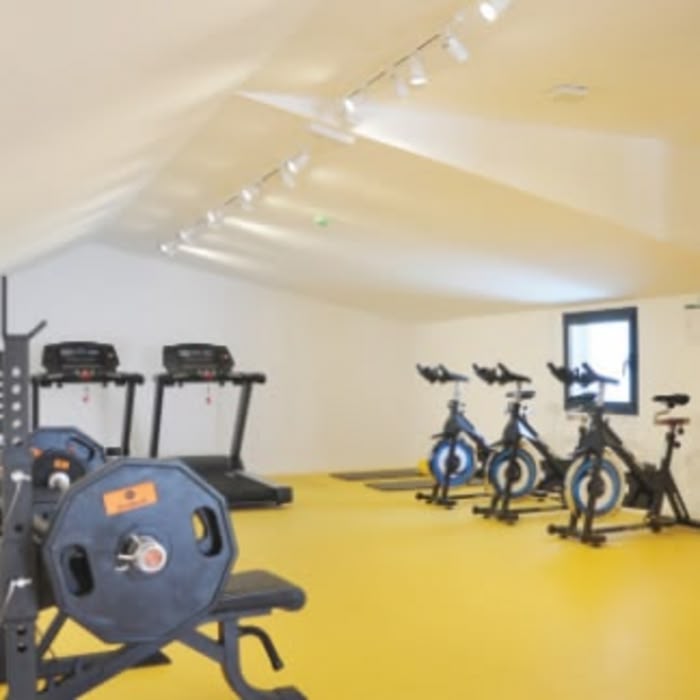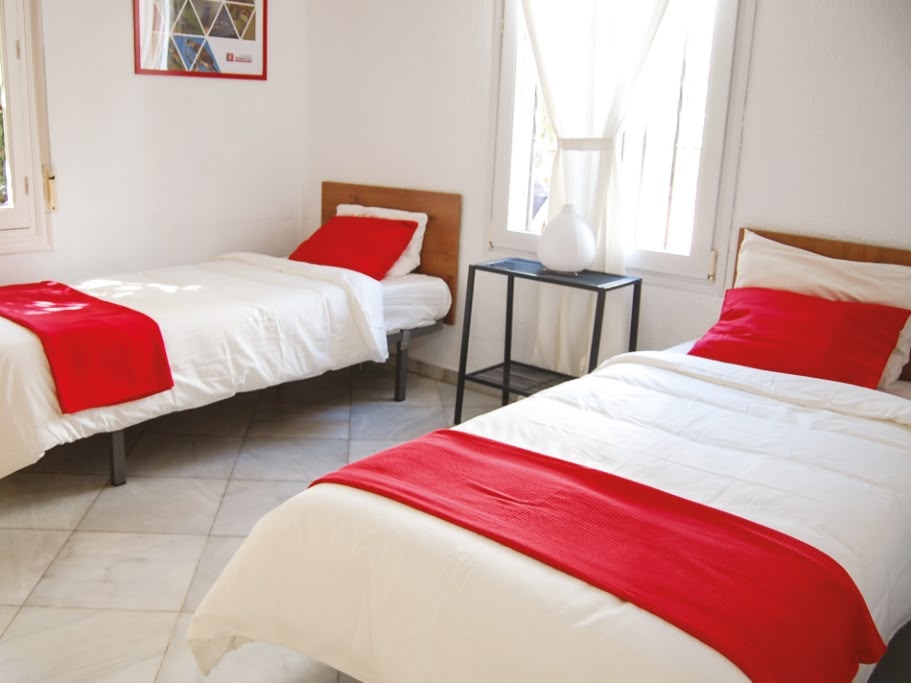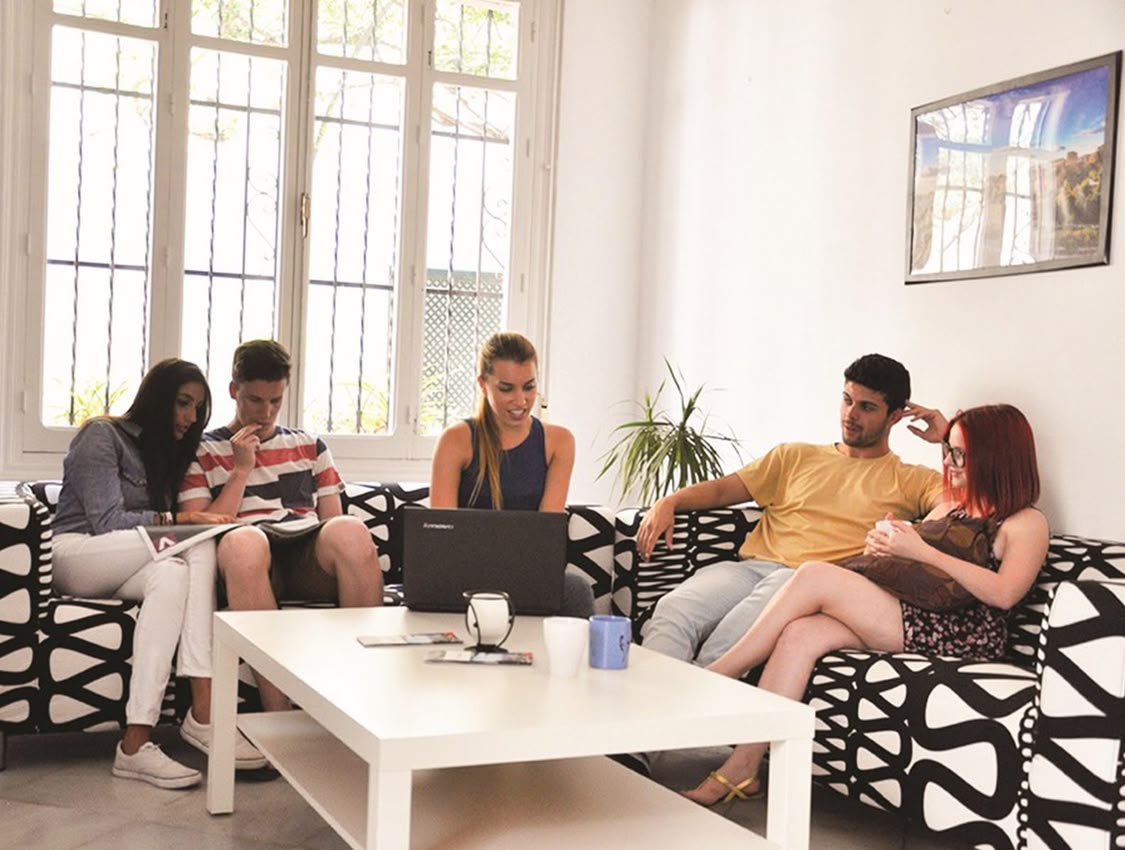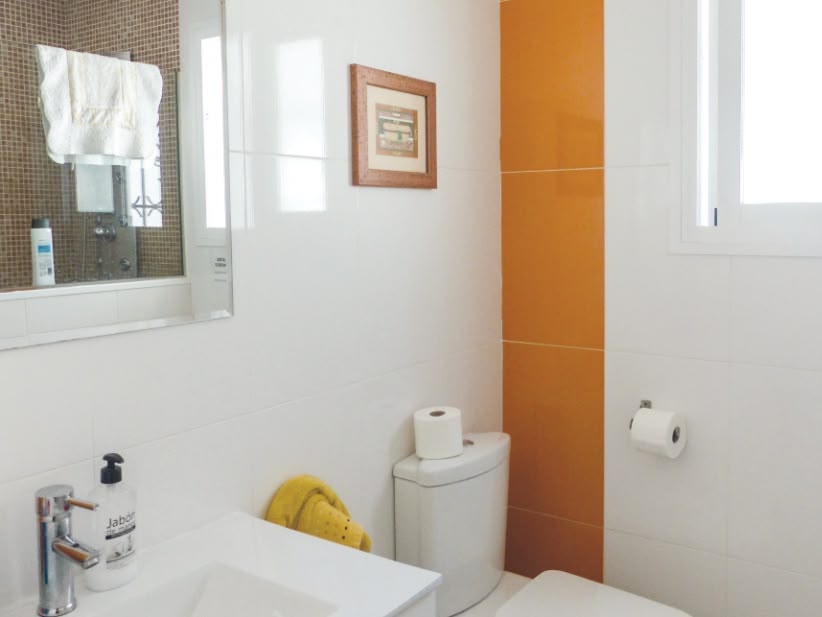Learn Spanish in Sucre
Study Spanish with Languages Abroad!
Learn Spanish in Bolivia, officially known as the Plurinational State of Bolivia thats nested nicely in the center of South America. There are 37 official languages, the main one being Spanish which makes it a fascinating place to learn as you'll no doubt cross several other languages. Bolivia is home to many interesting and diverse cultures, including architecture, art, and Folk music, all of which can be experienced when you learn Spanish in Bolivia through full language immersion. The country hosts the impressive Carnaval de Oruro every year. The festival its self is a large cultural event involving thousands of dancers and musicians, and not to be missed if you're in the area.
Bolivia's landscape includes the Andes in the west and the Amazon rainforest in the east, plus the largest salt flat in the world, Salar de Uyuni, in the south-west. Due to its manageable size, all of these diverse landscapes can be easily explored while you study here. Temperatures range from very cold in the mountains to very hot in the lowlands, so it's important to bring the proper gear for all kinds of weather!

Start your adventure in Sucre with Languages Abroad today!
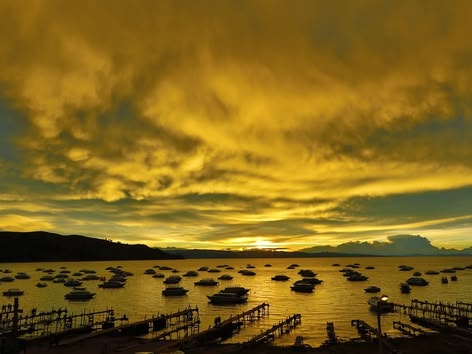
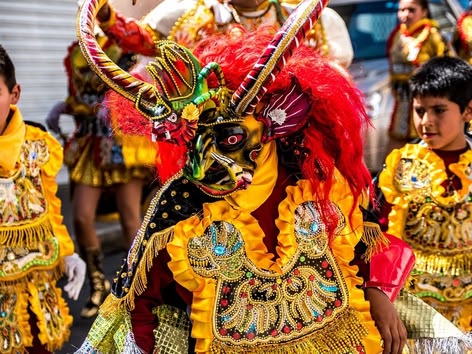
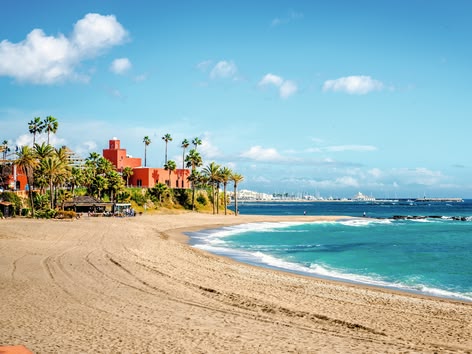
Learn Spanish
Experience exceptional Spanish language education at a centrally located school in Sucre. Benefit from expert teachers and engaging lessons, and enjoy a welcoming learning environment that provides the community spirit, individual support and practical resources needed to grow and excel. Choose from a variety of course options and begin your Spanish language journey with us today!
Sucre Spanish School
Our fully-equipped Spanish language school is located in the heart of Sucre, just a few blocks away from the city centre. Its central location gives students access to a variety of amenities and attractions, including museums, historic churches, charming parks, lovely shops, delicious restaurants, and lively bars. Classes are taught in the morning, which leaves the afternoons open for cultural activities or excursions.
The school is a 2 story building with free WiFi, 7 classrooms, a kitchen, 2 terraces, an indoor patio, and a student lounge where student can watch movies, study, and socialize. Courses are a minimum of one week but the longer your trip, the more you'll learn about Bolivian culture and the Spanish language.
We recommend that beginners spend 8-12 weeks, Intermediate level students study for 4-8 weeks, and Advanced learners take 2-4 weeks. The school can accommodate about 40-50 students at a time and students will have access to a swimming pool, computers & fax machines, and beverages during breaks.
Sucre Spanish Courses
All of our teachers are friendly, experienced, and qualified. Your classes will help enhance your speaking, listening, grammar, and general comprehension skills. Teachers often facilitate classroom discussions by using role-playing and games, and our teachers also incorporate current events and cultural materials into the curriculum to help make classes more interesting and relatable.
- Open to all language levels, A0-B2
- Placement test on the first Monday morning of class
- Minimum age 16
- Flexible course length (1 week minimum)
- Classes held Monday to Friday
- Language Certificate provided at end of course
- DELE Exam Preparation Course available (Duration: 8 weeks): Start Dates: Mar 31, May 18, Sep 29. Exam Dates: May 23, Jul 17, Nov 21 (exam fees not included). Max. 10 students per class
- Receive transferable credits for your course:
Undergraduate Credit Through Brookhaven College

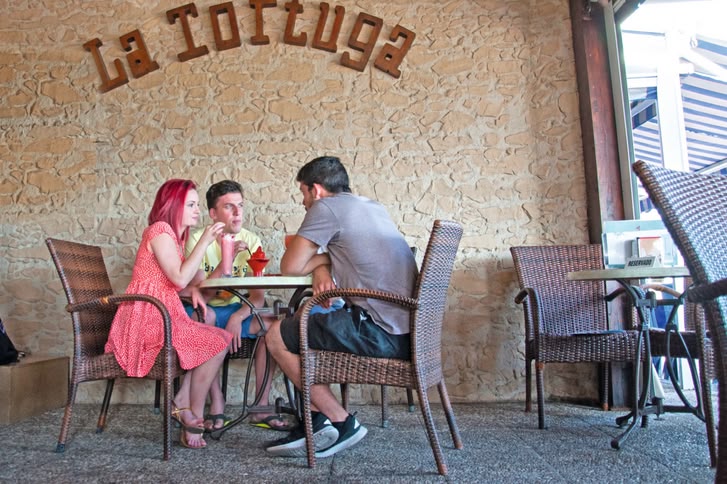
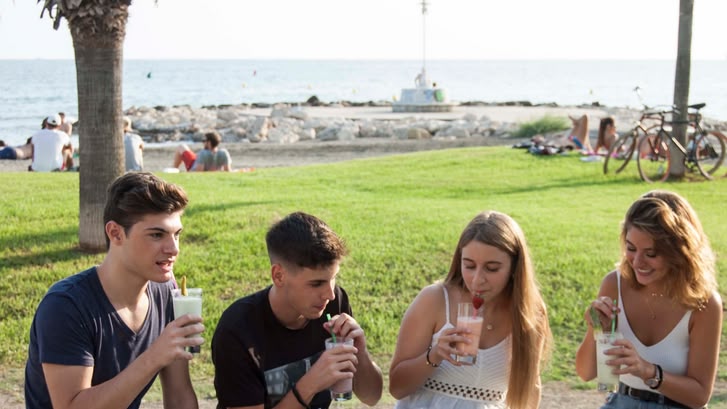
Standard Spanish Classes:
- 20 group lessons per week (4 lessons daily)
- Maximum 10 students per class
Intensive Spanish Classes:
- 30 group lessons per week (6 lessons daily)
- Maximum 10 students per class
Private Spanish Classes:
- 10, 20 or 30 group lessons per week (2, 4 or 6 lessons daily)
- 1 student per class
Spanish Youth Immersion Camp
- Only for younger students aged 12-21, with daily activities and weekly excursions.
- Standard: 20 group lessons per week (4 lessons daily, 45mins each)
- Intensive: PLUS 4 private lessons per week
- max. 15 students per class
- For general concerns about our youth program, contact us.
Live & Learn Spanish
- Study and live in the home of your own personal teacher.
- Flexible hours - 15, 20, 25 or 30 private lessons per week.
- 1 student per class
Accommodation in Sucre
Welcome to your home away from home in Sucre! Choose from comfortable university accommodations or stay with a welcoming host family in this lively and diverse city. Whether you prefer the convenience of living on campus or the enriching experience of a homestay, we ensure a safe, enjoyable, and immersive stay to complement your language learning journey.
Self-Catering Apartment
Facilities
Apartments are located about 20-30 minutes from the school and are shared with other students.
Apartments are co-ed, however, bedrooms are same-gender.
The apartments include a well-equipped kitchen, shared bathroom and living areas.
They vary in location, size and number of bedrooms, but expect to share with 2 - 4 other students.
Both basic and comfort apartments are available.
Room Options
- Single room (SR)
- Double room (DR)
- Self-catering
Studio Apartment
Facilities
These private studio apartments are located about 15-20 minutes away from the school.
They are large and comfortable and have a bedroom, a kitchenette and a bathroom.
Double rooms can only be booked for two students travelling together.
Room Options
- Single room (SR)
- Double room (DR)
- Self-catering
Host Family Accommodation
Living with a local host family is the best way to immerse yourself fully in the language and culture. All our families are carefully selected and regularly visited to ensure high-quality standards. We choose only those with a genuine interest in international exchange.
All meals included within the homestay - you can also help out and learn the local cuisine first-hand in the process!
Our host families are spread throughout the region and are offered on a first-come, first-served basis, so book early to get the best locations!
Find general information here about staying with a host family. If you have any specific queries, please don't hesitate to contact our team!

After Class Activities in Sucre
After class in Sucre, Bolivia, students can explore the historic Plaza 25 de Mayo, the city's main square, perfect for relaxing, people-watching, and practicing Spanish with locals. They can visit the Casa de la Libertad, a museum where Bolivia's Declaration of Independence was signed, offering a rich cultural and historical experience. For outdoor enthusiasts, a hike to La Recoleta provides stunning panoramic views of the city and surrounding mountains.
Plaza 25 de Mayo - This lively central square is a perfect spot for students to relax, people-watch, and engage with the local culture while practicing their Spanish. (Explore Plaza 25 de Mayo, cultural landmarks in Sucre for students)
Casa de la Libertad - A historic site where Bolivia's Declaration of Independence was signed, offering students a deep dive into the country's history. (Visit Casa de la Libertad, historical sites in Sucre for students)
La Recoleta - A serene hilltop with a historic convent, this spot provides stunning views of Sucre and a peaceful atmosphere for reflection and exploration. (Hike to La Recoleta, scenic viewpoints in Sucre for students)
Parque Cretácico - Home to one of the largest collections of dinosaur footprints in the world, this park offers a unique blend of history and adventure for students. (Discover Parque Cretácico, educational attractions in Sucre for students)
Museo de Arte Indígena ASUR - Students can explore this museum to learn about Bolivia's indigenous cultures, with exhibits showcasing traditional textiles and crafts. (Visit Museo de Arte Indígena ASUR, cultural attractions in Sucre for students)
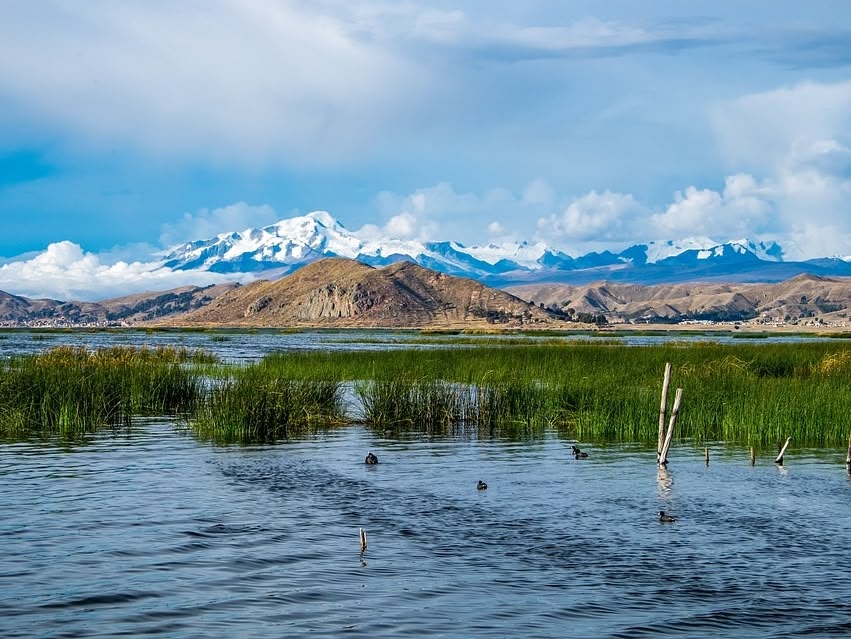
Dates & Prices
Start your Spanish language journey!
Sucre is located in the the southern central part of Bolivia, right in a valley surrounded by low mountains which helps it maintain a very warm and temperate climate all year round. The city has a few names over the years with Sucre being the latest so far.
Along these streets, you'll find quite a few examples of Spanish architecture as well as the number of small shops and of course lots of Spanish chatter from locals. If you go to Sucre this year, be sure to talk to really practice your Spanish!
Please use the form below to select your preferred course, how many weeks you'd like to study and your ideal accommodation type. We look forward to seeing you soon!
Checklist
Registration Fee: $200
Accommodation Placement Fee: $200
Airport Transfer: $150 per way (Optional)
Insurance: $30/week
Notes
The school will be closed on all public holidays.
All enrollments require a non refundable $400 usd deposit to ensure space in our program.
Contact us
We're here to help you on your Norwegian language learning journey!
Questions about our courses? Need assistance with enrollment? Interested in finding out more about our programs?
Our friendly team is more than willing to assist you.
Contact us by clicking the link below and filling out our contact form.
We promise a prompt and helpful response to all your inquiries.

